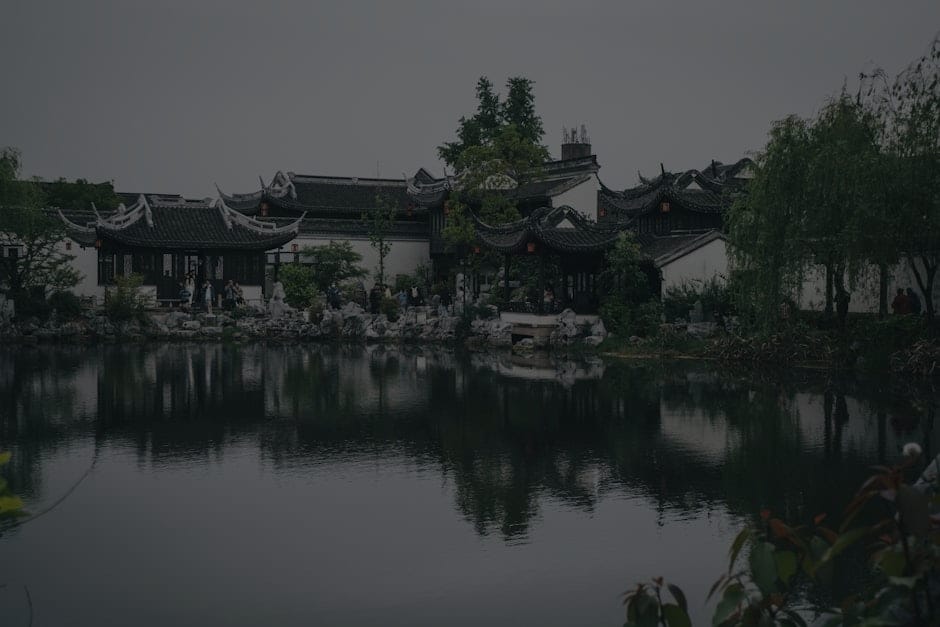**Abstract:** Discover how to harness feng shui elements to craft a serene meditation space that nurtures tranquility and mindfulness. Create an environment that promotes peace and clarity in your practice.
Understanding Feng Shui Basics
Feng shui is an ancient Chinese practice that emphasizes the harmonious arrangement of space to promote positive energy flow. By integrating feng shui principles into your meditation space, you can create an environment that fosters peace and clarity. The primary goal is to eliminate distractions and cultivate a sense of serenity, allowing you to connect deeply with your inner self. This practice is not just about aesthetics; it’s about creating a sanctuary where you can retreat from the chaos of daily life and engage in meaningful meditation.
Choosing the Right Location
The first step in creating a peaceful meditation space is selecting the right location. Ideally, this area should be quiet and free from distractions. Look for a spot that offers natural light and a view of nature, as these elements can enhance your meditation experience. If possible, position your space in the southeast corner of your home, as this area is associated with prosperity and growth in feng shui. Ensure that your meditation area is away from high-traffic zones to maintain a tranquil atmosphere.
Color Palette: Setting the Mood
Colors play a significant role in feng shui and can dramatically influence your mood. For a meditation space, consider soft, calming colors such as blues, greens, and earth tones. These hues promote relaxation and help to create a soothing environment. Avoid overly bright or aggressive colors, as they can be distracting. Incorporate these colors through wall paint, cushions, or decorative elements to establish a cohesive and inviting atmosphere.
Incorporating Natural Elements
Bringing nature indoors is a vital aspect of feng shui. Incorporate natural elements like plants, stones, and water features to enhance the energy of your meditation space. Plants, such as peace lilies or bamboo, not only purify the air but also symbolize growth and renewal. A small water fountain can introduce the calming sound of flowing water, promoting relaxation. Additionally, using natural materials like wood and stone in your furniture or decor can create a grounded and harmonious feel.
Decluttering for Clarity
A cluttered space can lead to a cluttered mind. To foster a peaceful meditation environment, prioritize decluttering your area. Remove unnecessary items that do not serve a purpose in your meditation practice. Keep only those objects that inspire calmness and focus. Consider using storage solutions that blend with your decor to maintain a tidy appearance. This process not only enhances the physical space but also promotes mental clarity, allowing you to engage more deeply in your meditation.
Creating a Dedicated Meditation Area
Designate a specific area solely for meditation. This can be as simple as a corner of a room with a comfortable cushion or chair. Ensure that this space is inviting and equipped with everything you need for your practice, such as meditation cushions, blankets, or a small altar with meaningful objects. By creating a dedicated space, you signal to your mind that it’s time to transition into a meditative state, making it easier to focus and relax.
Personalizing Your Space
Finally, personalize your meditation space with items that resonate with you. This could include crystals, meaningful artwork, or photographs that inspire peace. Surround yourself with objects that evoke positive emotions and support your meditation journey. Remember, this space is a reflection of your inner self, so let your personality shine through in the decor and arrangement.
By thoughtfully applying these feng shui principles, you can create a peaceful meditation space that supports your practice and enhances your overall well-being. Embrace the journey of crafting an environment that invites tranquility, allowing you to connect with your inner peace.










